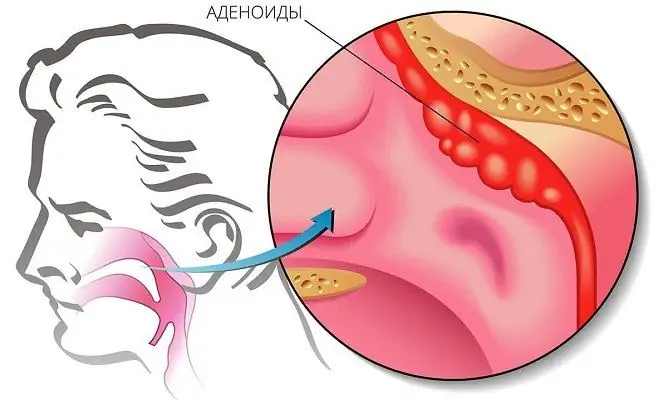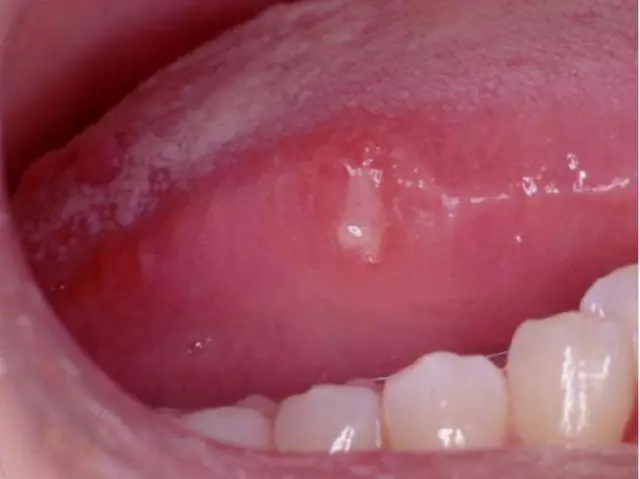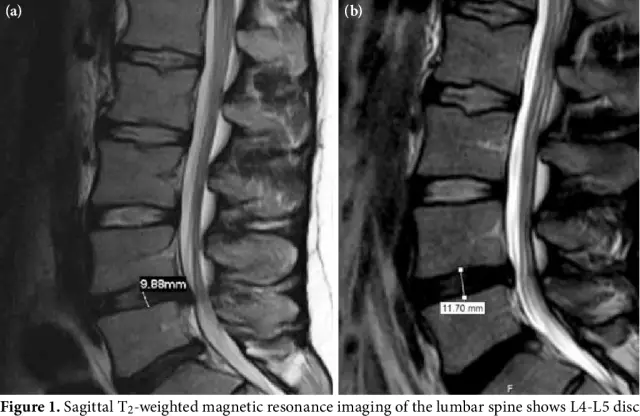- Author Rachel Wainwright [email protected].
- Public 2023-12-15 07:39.
- Last modified 2025-11-02 20:14.
Giardiasis
Brief description of the disease
Giardiasis is a widespread disease that develops as a result of damage to the small intestine and liver. The causative agents of giardiasis are giardia - parasites that enter the human body in various ways and actively multiply in the small or large intestine. Giardiasis has both mild and severe course. In some cases, carriers of lamblia themselves do not get sick, but they can infect others, since their body serves as a safe container for pathogens.
How does lamblia enter the human body?

As a rule, giardiasis in children and adults occurs after contact with a sick person, however, scientists have found that rodents, dogs and cats can also act as carriers of parasites. In addition, giardia is often found in polluted waters and even chlorinated tap water. In order for giardiasis to develop, a person needs to swallow 10 parasite cysts and have a low level of gastric acidity.
Ways of penetration of lamblia into the body:
- water - you can get infected by using insufficiently purified tap water or water from open reservoirs;
- household contact - pathogens accumulate on the surface of household items: toys, dishes, linen, clothes;
- food - a variety of food products are sources of infection. Especially often giardiasis is found after eating food that has not undergone heat treatment: vegetables, fruits, berries.
Acute giardiasis in adults and children
Most often, this form of the disease occurs in young children and people with weakened immunity. In the acute course of giardiasis, it is accompanied by a pronounced diarrheal syndrome, lesions of the small intestine and an increase in body temperature. Timely, adequate treatment of giardiasis in children leads to a complete recovery of the patient 5-7 days after the onset of the first clinical symptoms.
Chronic giardiasis - symptoms and clinical picture
The neglected form of giardiasis is found mainly in adults and school-age children. It is characterized by a recurrent course. In the acute period, patients suffer from:
- general fatigue;
- decreased appetite;
- headaches;
- irritability;
- sleep disorders;
- dizziness;
- bloating, flatulence;
- regular diarrhea or constipation;
- anemia.
In addition, giardiasis in adults is manifested by an enlarged liver, intestinal dysbiosis and abdominal pain on palpation in the right hypochondrium. There are symptoms of giardiasis on the part of the skin: pallor of the skin, uneven color, dryness, atopic dermatitis, lesions of the border of the lips.
Giardiasis in children - features of the course of the disease in childhood
Experts say that at the moment, giardiasis is diagnosed in one out of three hundred children. The risk of infection is significantly reduced if the child's personal hygiene is observed, however, even regular washing of toys and heat treatment of food will not be able to protect the baby 100%. The reason lies in the high survival rate of pathogens. In addition, treatment of giardiasis in children may be required after the child goes to kindergarten and school, where the risk of contracting the infection increases significantly.
Note also that there is a certain problem of early diagnosis of giardiasis. The fact is that giardiasis, the symptoms of which are similar to many other intestinal infections, often cannot be detected in general clinical studies. As a result, the treatment is carried out incorrectly, and the child continues to experience severe pain and other unpleasant manifestations of giardiasis. The most accurate information about the presence or absence of giardiasis is given by the analysis of feces, since pathogens are excreted from the body precisely with fecal masses.
Several rules that must be followed if you suspect giardiasis: treatment can only be prescribed by an experienced doctor, the patient must be isolated from other children, a strict diet is required during treatment, herbs and other traditional medicine are used as an additional remedy, and in no case do not replace traditional medications.
Giardiasis - treatment in children and adults
Getting rid of lamblia must be approached in a comprehensive manner. It is advisable to start the process of treating giardiasis during the period of exacerbation of the infection, when it is possible to trace the severity of symptoms and the effectiveness of certain measures. One of the most important issues in the treatment of giardiasis is diet. We will discuss in more detail about proper nutrition in the next section.
A few words about the technologies and preparations used. At the moment, in the treatment of giardiasis in clinics, so-called antiparasitic devices are widely used. They are very effective against adults, but practically do not affect the larvae and small lamblia, therefore, the treatment of giardiasis should be combined with the use of specialized drugs: trichopolum, tinidazole, furazolidone. Enterosorbents are also of great importance, which remove from the body toxins that arise during the life of pathogens. Children are recommended such enterosorbents as: lactofiltrum, activated carbon, smecta, enterodesis.
In recent years, along with traditional methods, doctors have used some innovative developments in the treatment of giardiasis. The best prospects were shown by tubulin inhibitors of the benzimidazole series, which are safer than drugs from the metronidazole group and have less pronounced side effects.
In most cases, with a timely diagnosis, giardiasis is completely cured in 7-8 days. Advanced forms of giardiasis require longer treatment with mandatory monitoring of the effectiveness of each stage.
Diet for giardiasis
As mentioned above, the treatment of giardiasis in adults and children implies a mandatory diet. Patients need to refuse to take food rich in simple carbohydrates, since they create excellent conditions for the reproduction of parasites. A partial or complete ban includes: milk, sausages, pasta, sweets, bread and other flour products. For the preparation of porridge, you can use rice and buckwheat, and replace milk with yogurt or kefir. Various fruit drinks will also be very useful. The ban does not apply to vegetables and fruits.
Note that the diet for giardiasis is not only the correct composition of food, but also the correct preparation of them. All products and dishes are subject to mandatory heat treatment, vegetables and fruits are washed with warm water.
Giardiasis - alternative treatment
We bring to your attention several common recipes for alternative treatment of giardiasis, which help to remove giardia from the body:
- 100 ml of beet juice are mixed in equal proportions with carrot juice, cognac and honey. The mixture is thoroughly mixed and taken three times a day half an hour before meals;
- prepare a broth of bloodstain (6 grams of herbs per glass of water, boil for 10 minutes), which is taken once a day before meals. Dosage - 100 ml;
- take green walnuts, cut them into several pieces and pour 1 liter of vodka. The tincture is conditioned in a dry, dark place within two weeks. The medicine is used three times a day, one teaspoon.
YouTube video related to the article:
The information is generalized and provided for informational purposes only. At the first sign of illness, see your doctor. Self-medication is hazardous to health!






